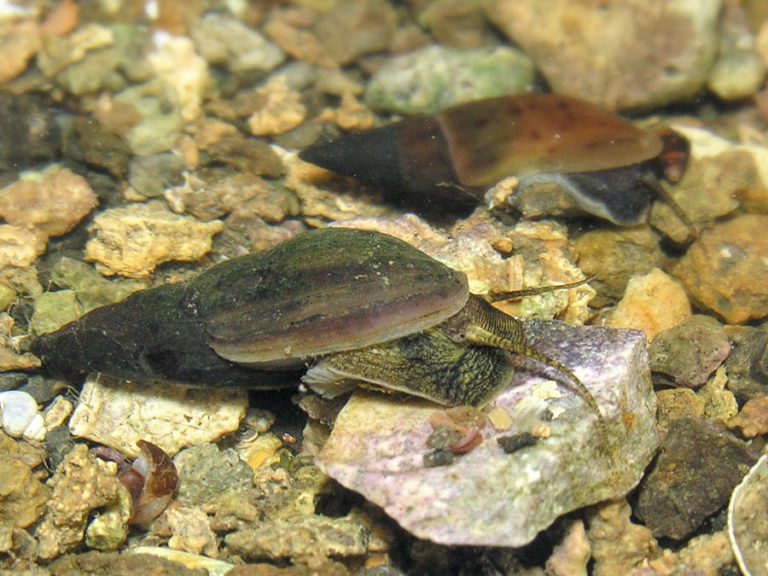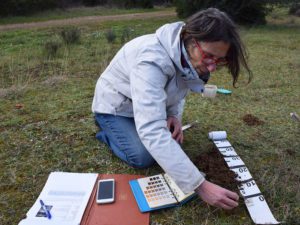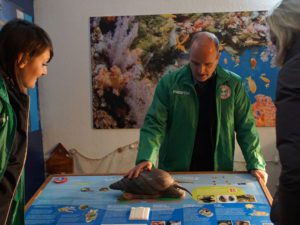
Melanopsis etrusca
The Melanopsis etrusca (Brot, 1862) is a freshwater gastropod of small to medium size (about 12mm in length) whose distribution is linked only to springs of thermo-mineral waters in the Tuscan Maremma; there are still unknown details about the lifecycle, such as type of reproduction. Due indeed to the peculiarity of its habitat and the contraction of the distribution area, this species is protected on a regional level and is classified as “Endangered” by the International Union for Conservation of Nature (IUCN), although it’s also protected by a specific norm enacted by the Tuscan Regional administration and is indicated as a target species in the regional action plans.













